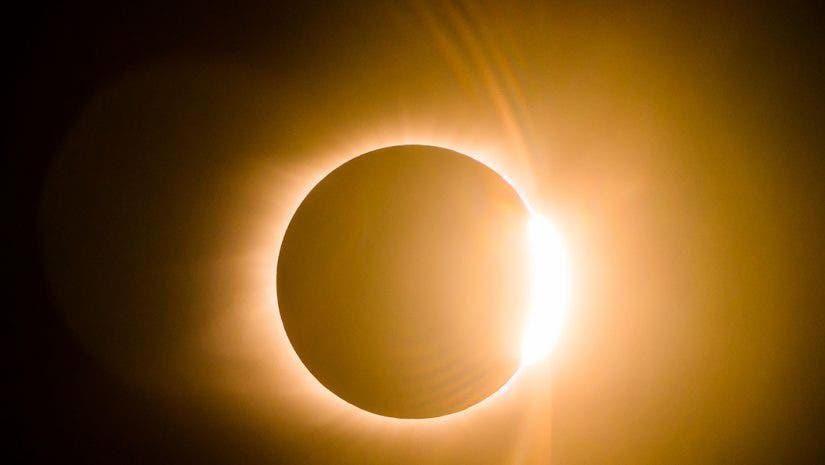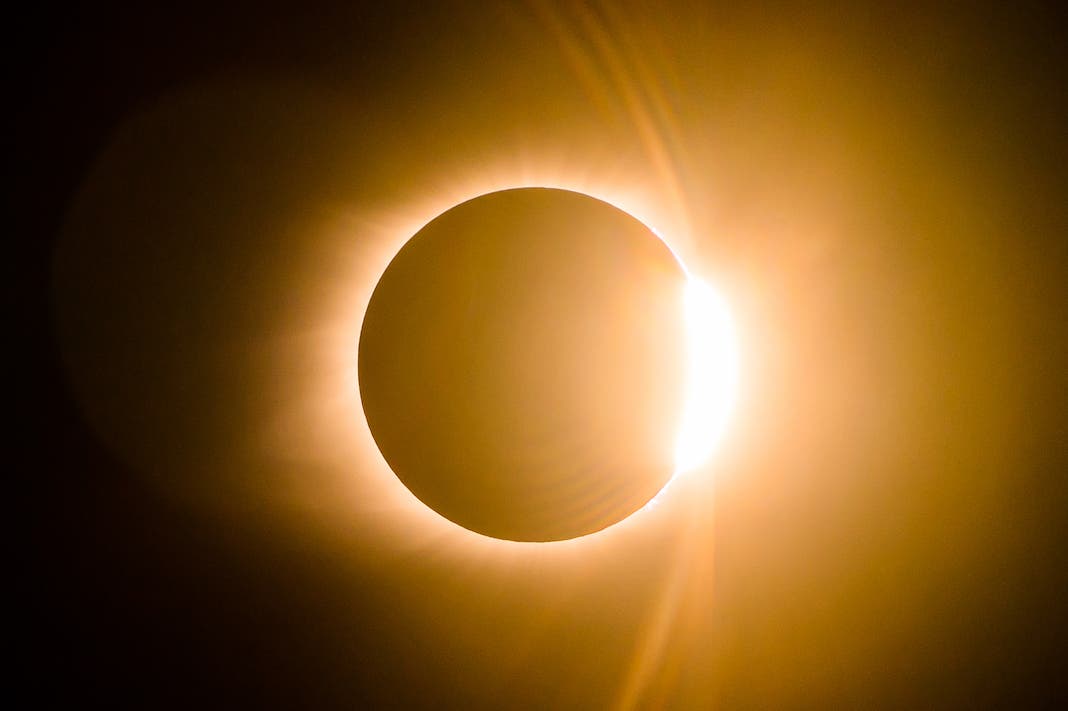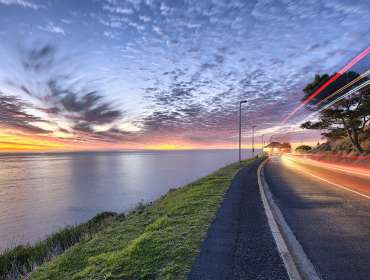When the total solar eclipse reached the United States in August 2018, it was a rare moment viewed by millions. And for many, it was a picture-perfect occurrence that led to more than a few Instagram posts. But for photographer Dave Krugman, who traveled to Greenbrier, Tennessee to capture the once-in-a-lifetime moment on camera, it was a moment that led to an unforgettable photo that just won him the 2018 “Instagram of the Year” prize at the 10th annual Shorty Awards.
Adorama recently spoke with Krugman about what it took to produce the photo, the equipment he used, and how the entire Instagram post came to be.
Adorama: Tell us about the making of the photo. What went into preparing for this moment in time? How did you choose that location in Tennessee, your setup?
Dave Krugman: I noticed online in the weeks before the eclipse that people were sharing a lot about previous experiences — how powerful they were, how it felt like a once-in-a-lifetime experience. As a photographer, I felt called to go travel and document the experience, to see for myself what that rare moment was all about.
Adorama: One of the most common questions we get from our readers is about what equipment pros use. Can you tell us about the gear it took to get this photo?
Krugman: I originally planned to shoot on a tripod with the 70-200mm f/2.8 on my Sony Alpha A7RII. But I noticed that the tripod was limiting my movement and that 200 wasn’t long enough, so I quickly switched to the 100-400 lens and fired off a few handheld shots. I manually focused to ensure that everything was sharp, and kept my shutter speed extremely fast to negate any camera shake.
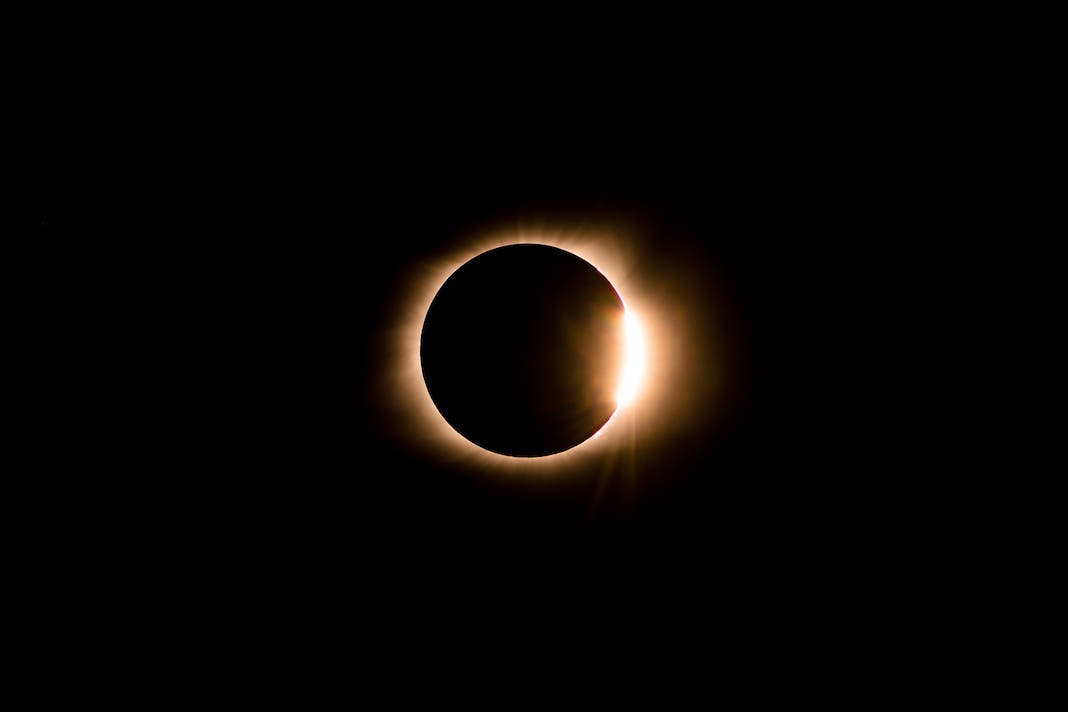
Adorama: With such a time-sensitive moment happening right in front of your eyes, what special measures did you have to take to make sure you got the exact shot you wanted?
Krugman: To make sure I got the shot I needed, I shot on hi-speed burst mode, making sure to capture as many frames as possible. I also set a timer for the exact window of totality so I knew exactly how much time I had left. I took practice shots during the partial eclipse to make sure my exposure and settings were on point.
Adorama: What set this photo apart from the many others you took during that session? How did you approach it in post?
Krugman: I chose to post this photo because it was just after totality ended. The light began to bleed around the moon, in these crazy circle flares, and it almost made the eclipse look like some giant orb in motion. There was something unique to me about that shot — it wasn’t the typical full totality everyone else was sharing, so I chose that image to stand out from the crowd. In post, I decided to warm it up a bit, since the sun usually looks more glowing. The eclipse had a blue hue and I chose the warmer edits because that is the tone that spoke to me in those special moments looking up to the heavens.
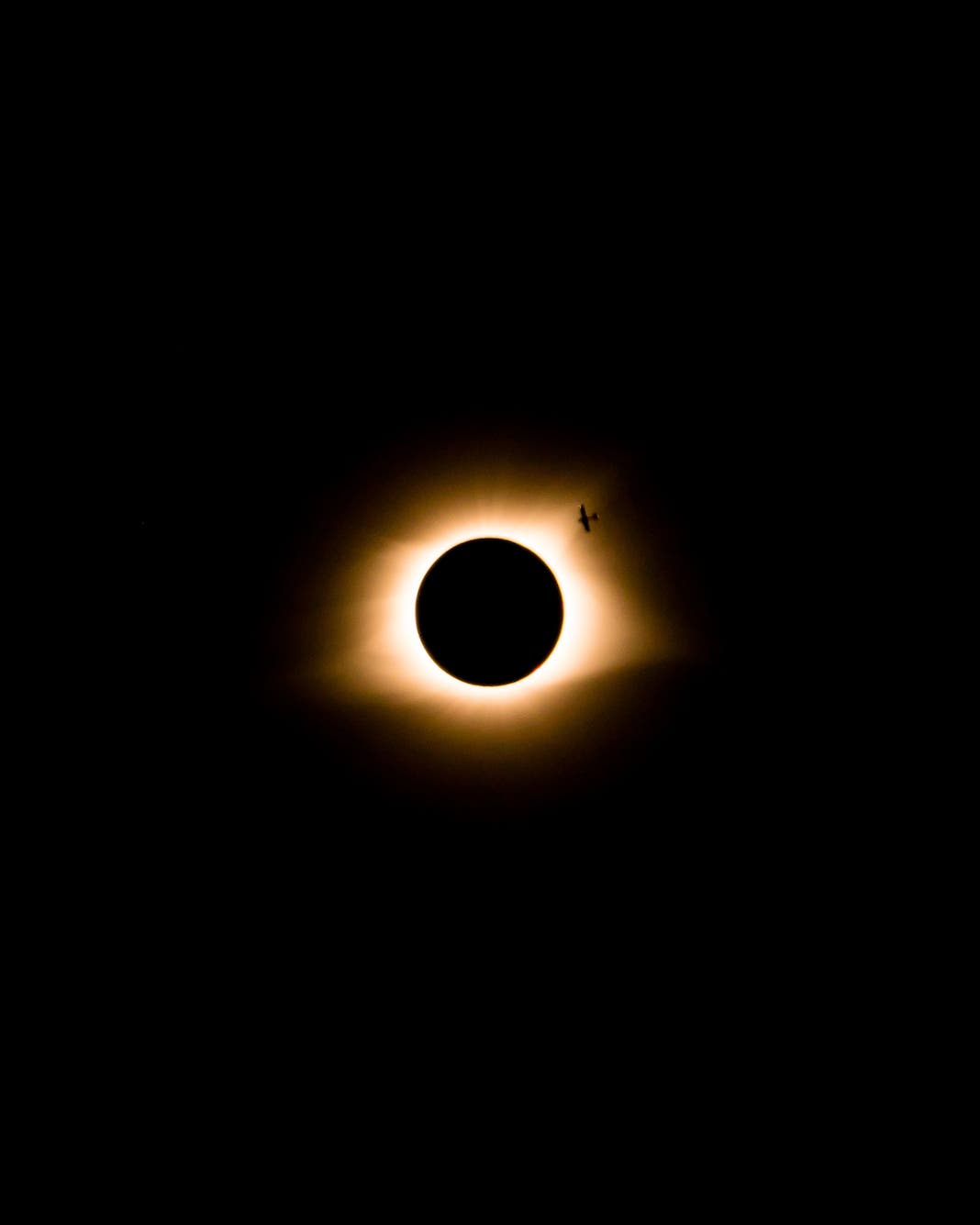
Adorama: Did you expect such a response from the Instagram community? What surprised you most about the feedback and reaction?
Krugman: I think what surprised me the most is that Instagram reposted the image, which gave the image global exposure in a way I’d never experienced before. An image that I thought would make a nice print for my family has now been seen millions of times — arguably one of the most widely distributed pictures of that eclipse in the entire world.
Adorama: You were in a category with some other noteworthy finalists (Beyoncé, among many). What do you admire about the other nominees in your field?
Krugman: I admire all creatives who have a vision and are motivated enough to bring that vision into reality. The creative process is intense, draining, and difficult emotionally, but if you can bring your ideas from your imagination into the real world, the reward is unrivaled. I admire that the other nominees all were able to bring their ideas to fruition.
